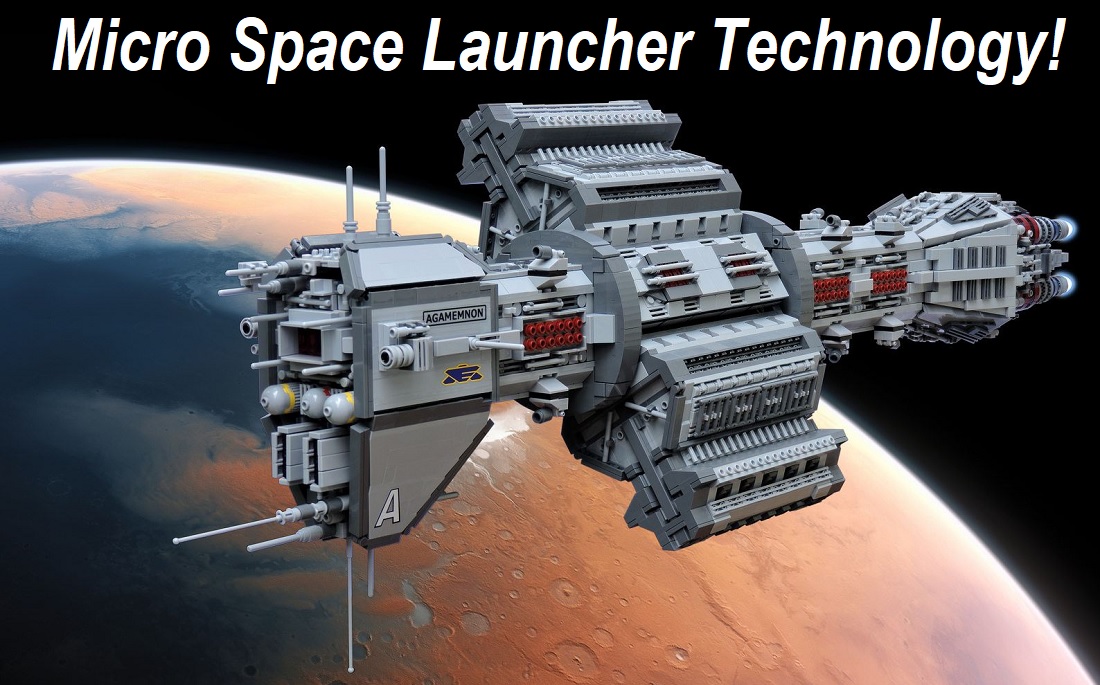The space exploration industry is growing exponentially year on year, with a forecast of 15% global growth by 2021. Even though the vast majority of launches these days are captive, the market is multifaceted, and there is a whole range of different launch styles.
People are constantly trying to come up with new and better technology to access parts of space, and the low earth orbit is the perfect place for satellites. In fact, a number of different launch vehicles are currently being developed in order to address the growth in lower earth orbit mission demand. These vehicles are known as micro-launchers.
One of the most economically beneficial advantages of such vehicles is that they can give operators of small satellites easy access to the lower earth orbit, sending small satellites up quickly and conveniently. We are now seeing the rise of all sorts of startups sending satellites up to space, and it’s generally thanks to micro launchers. European micro launcher models such as Skylark Micro and others have all sorts of commercial applications, mainly related to monitoring or administering payloads into outer space.
Micro Launcher Advantages
It is only because of the wonders of micro launchers that constellations of satellites are out there orbiting the earth and providing high-quality broadcasting for the whole world to use. This is only one of many advantages - these micro-launchers are a game-changer when it comes to imaging, global positioning, weather data and a whole lot more. As this kind of technology continues to increase in demand, so will the demand for launch services. Micro-launchers really fit into the current tech market by providing relatively low-cost flights that can take small payloads up into space, both conveniently and quickly.
Changing Demand
The small satellite, or “smallsats” market has rapidly grown over the past few years, and this trend in growth is likely to continue in the future. Traditionally, small satellites have been flown into the orbit as auxiliary payloads, released after launch vehicles achieved their primary targets. In other instances, these satellites have also been put into orbit from canisters aboard international space stations, in order to conduct research missions. Whatever means they got there, satellites were always at the mercy of some other payload and the orbit that payload flew in. Analysis suggests that this just won’t cut it in terms of future demand. The market needs to increase launch opportunities and increase the number of launches serving secondary payloads. This is exactly where micro launchers can make a sizeable difference. These launchers can address affordable, reliable, frequent and swift access to space for the emerging small satellite market. Satellites of up to 200kg in mass can easily be put up into space at altitudes of around 300km.
Recent European Activity
Europe is hot on micro launcher activity right now. The European Space Agency recently hosted a workshop on emerging services held in Paris, featuring numerous organisations such as Deimos, PLD Space, ArianeGroup and Avio. All companies participating shared their findings and research on commercially self-sustaining micro launchers.
Times are certainly interesting for the space industry’s micro launcher market. This particular conference saw 150 participants and over a hundred B2B meetings took place on commercial opportunities. It was all done in good faith to strengthen the European industry, putting European companies on the global map for space exploration. When it comes to launcher development, Europe is certainly gaining a prominent market share. The European Space Agency is looking at all the different ways that they can support the technological development of micro launchers in Europe. They are working collaboratively with different organisations to share results and foster new business relationships.
Conclusion: European Space Launchers - the more Micro the Better!
Micro launchers undoubtedly offer a vast array of benefits and applications for the space industry. Their stability, lower launch cost and relatively low weight make them great for small missions, particularly for monitoring and testing. One thing remains clear - over the course of the next decade, the world will see an increase in payloads sent into space. These payloads will increase in both frequency and mass. As the small class satellite and nanosatellite market dramatically expands, there will be a growing need for micro launchers. New European produced micro launchers have huge potential as vehicles for carrying natural passengers, small satellites, as well as a range of technologies that can be hosted on such platforms or the launcher itself. Remember, we said it first - this technology is the future of the space market. Watch this space for more...
What are your thoughts about micro launchers? Please share them in the comments below.








COMMENTS